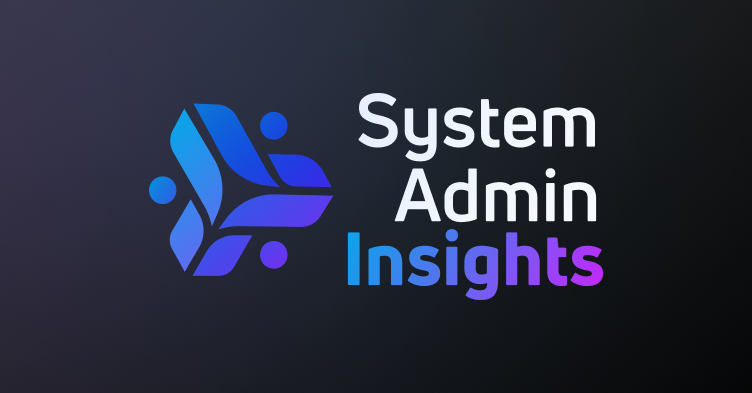Have you ever saved over an output template and realized much later that it was shared by another report, a report that was much better in its original form?
For this reason, I tended to save unique outputs for most of my reports so I wouldn’t be surprised by unanticipated changes.
But then I realized that a better way to use saved outputs is as a starting point, not an ending point. Saving the top twenty column headers that you use for a requisition search, a person search, or a recruiting workflow search will save you time looking up column headers each time you create a new report.
For example, your default requisition search output might include the following headers:
- Requisition ID
- Job Posting Title
- Region
- Country
- Department
- Location
- Recruiter
- Hiring Manager
- +1 Hiring Manager
- Executive team member
- Created Date
- Last in Approved
- Days in Approved
- Job Status/Folder
- Applicants icon
- Post icon
…and also the following Groupings:
- Region
- Country
- Department
- Recruiter
- Hiring Manager
You may not use all of those headers in one report, and you definitely won’t use all of the groupings since you can only go three levels down. But it’s a lot easier to delete the items you don’t need rather than starting from scratch each time. Just remember to save the output with a different name once you have selected the items you want.
Starting this way will not only save time when creating new reports; it will also increase the consistency of your column headers, making it easier for the end user to find the information they are looking for.
Stay connected
To get weekly tips on how to get the most out of iCIMS, subscribe to iCIMS System Admin Secrets.




